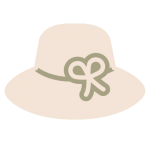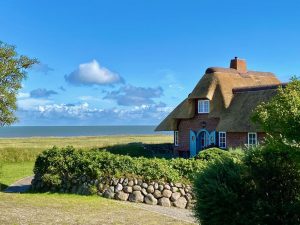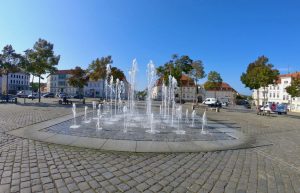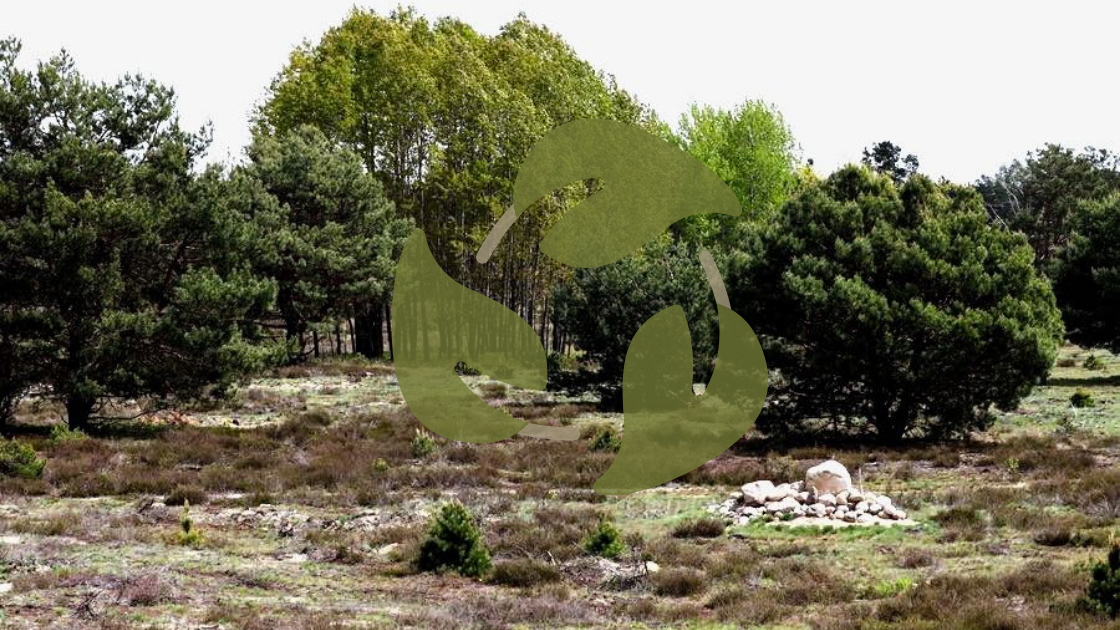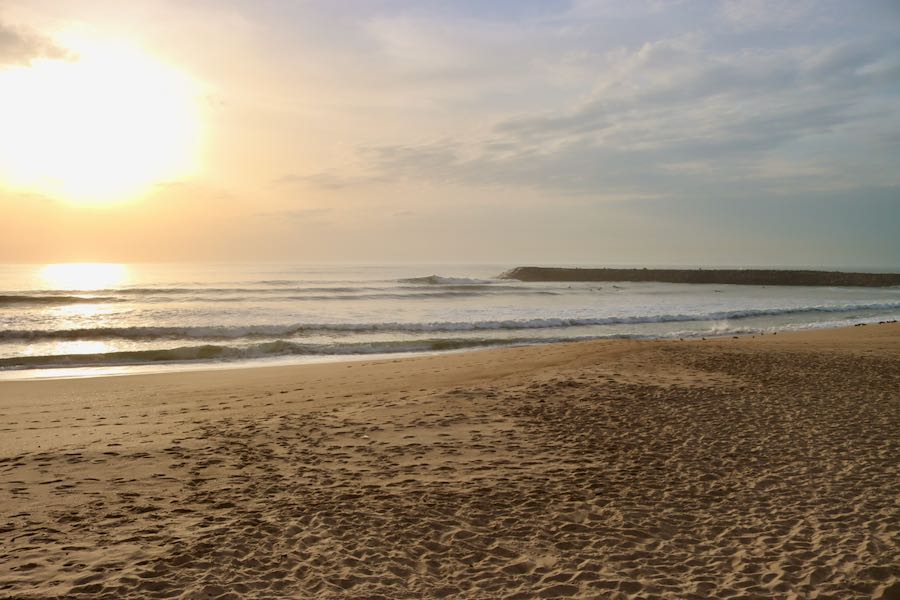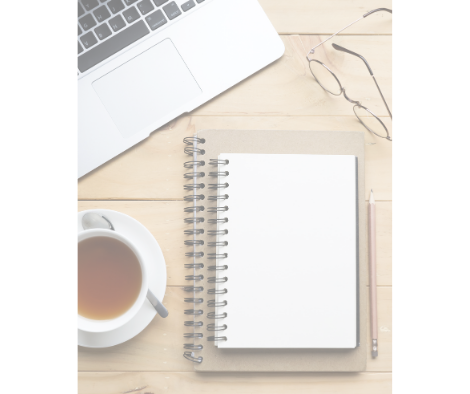The Sanssouci Park is possibly the biggest tourist attraction in Potsdam, Germany, as it is a wonderful place around the Palace of the same name.
Created during the reign of Frederico II, it now extends over an area of 290ha and has about 70 km of footbridges.
Walking through the park is a cultural and relaxing activity. Even during winter, when the landscape is not so colourful but full of magnetism and elegance.
History of Sanssouci
Frederico II of Prussia – also known as Frederick the Great or familiarly as “der alte Fritz” – was born the son of William I and Sophie Dorothea in Berlin/Potsdam on 24 January 1712. Although the crown prince was born, his enthusiasm for war issues was limited, much-preferring music and the arts. Such inclinations did not go well with his rigid father, and when 18-year-old Frederick II was caught secretly trying to escape from the army, he was promptly taken to Küstrin fortress where his father had his friend and helper Leutnant Hans Hermann von Katte beheaded before his own eyes. Thus, when he became aware of having to give in to his father’s iron will, he also agreed to his arranged marriage to Elisabeth Christine of Braunschweig-Bevern.
With the death of his father in 1740, he succeeded the throne and reigned over his empire from the Sanssouci Palace in Potsdam.
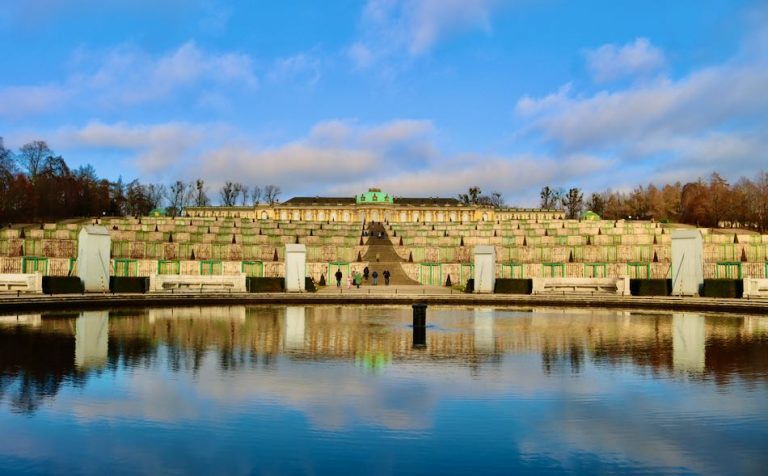
Frederick the Great presumably took a welcome break at Sanssouci Park whenever he returned from military expeditions to Potsdam. The latter were numerous, as he soon realized that no decent state would be made of the Prussia he had inherited from his father. So he and his army invaded Silesia and occupied Breslau for the first time in December 1740. The rather inglorious result of this expedition saw him renew his attempts twice more. Whether he planned his sieges and conquests from within Sanssouci is not confirmed, but highly probable. Frederick II considered himself famous for being the “first servant of the State” and always acted accordingly. He provided religious fugitives with new homes, founded the Academy of Sciences in Berlin and introduced press freedom and compulsory education.
After his death on 17 August 1786, he was buried in a previously prepared tomb in Sanssouci, although his successor later had his remains transferred to the Garrison Church in Potsdam.
The Roman baths

A walk in Sanssouci Park should definitely include a visit to the Roman baths. They were built in the years 1829 to 1840. Frederick William IV himself was responsible for the construction. Inspired by the original baths in Rome and his general love for all things Italian, he decided to build his own Roman baths in Germany.
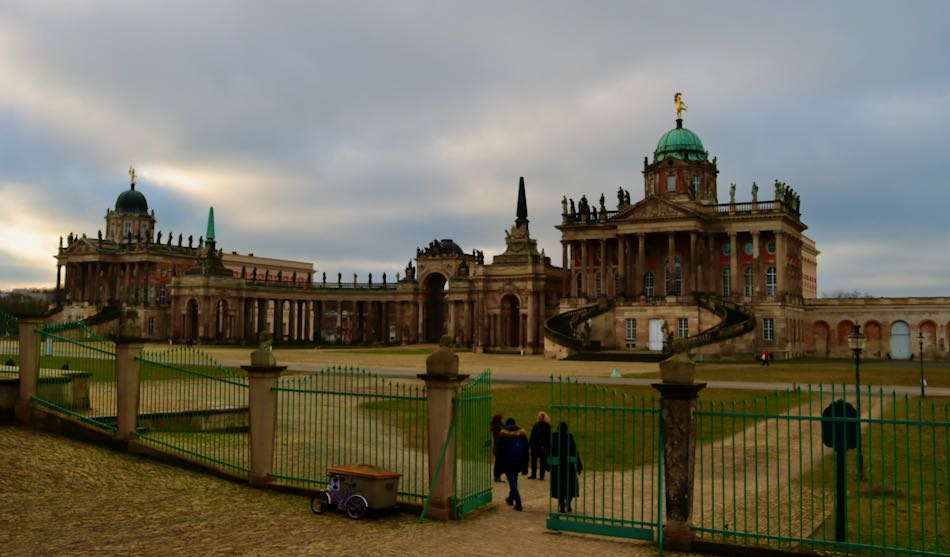
The Communs were the service wards of the palace and housed the royal kitchens, objects of gardeners, palace guards and servants. Between the two buildings was a curved colonnade, decorated with statues and obelisks, which functioned as a canvas to protect the view of the swamps. In 1896, William II had a tunnel built to allow passage between the palace and the Communs, to avoid problems with bad weather.
Today the buildings are used by the University of Potsdam and have been closed to the public.
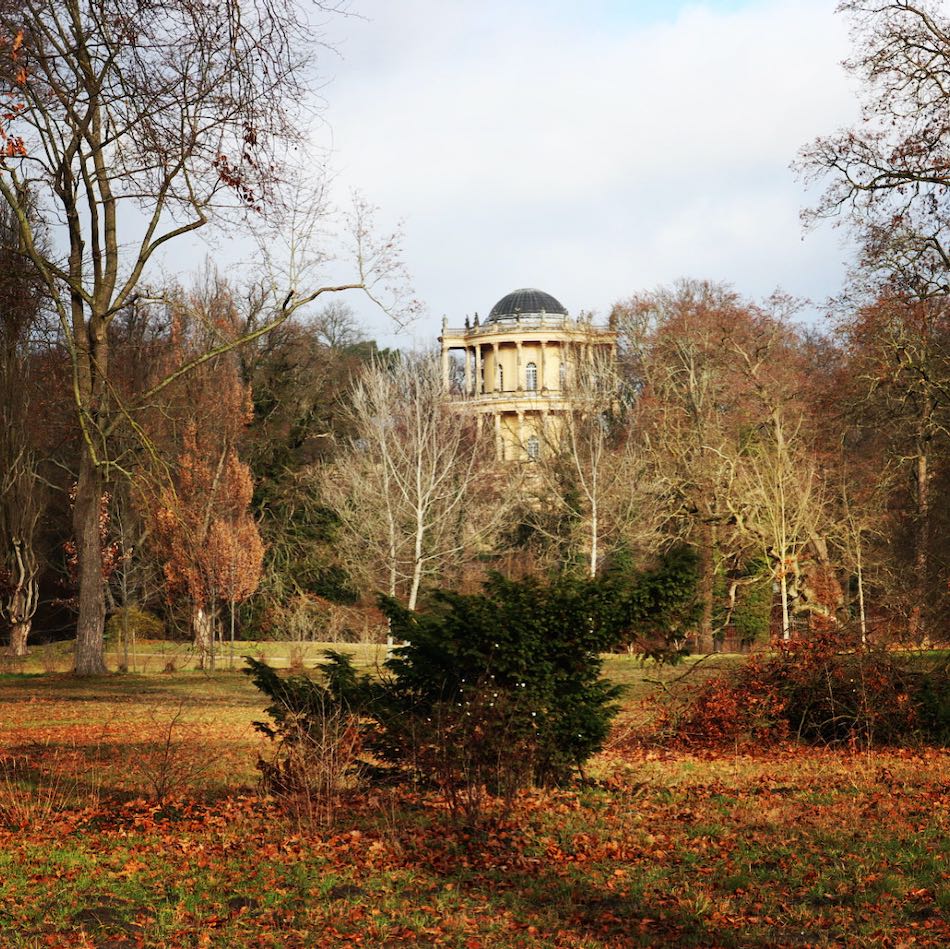
Another advantage of visiting the Sanssouci park in winter is the smaller number of tourists. This is because not everyone is the same as you and me who are not afraid of the cold!
With the right clothes, the walks in winter are extremely pleasant. I particularly love to go for walks in winter. The cold air has many benefits and we strengthen our immune system. In addition, there are several castles and museums in Sanssouci Park to visit and escape, if necessary, for some time from the cold.
Read more about Germany and watch the video of this tour down there to get a better feel of the atmosphere.
At the western end of the main avenue of Sanssouci Park stands a huge palace building, recognisable from afar by its high dome: the New Palace (Das Neue Palais).
Inside, there are banquet halls, large galleries and princely flats.
The New Palace is the last palace that Frederico the Great had built in his park. It was a demonstration of the Prussian state’s unbreakable capacity to be reached after the years of deprivation of the Seven Years War 1756-1763.
Click here to know my photo and video equipment!
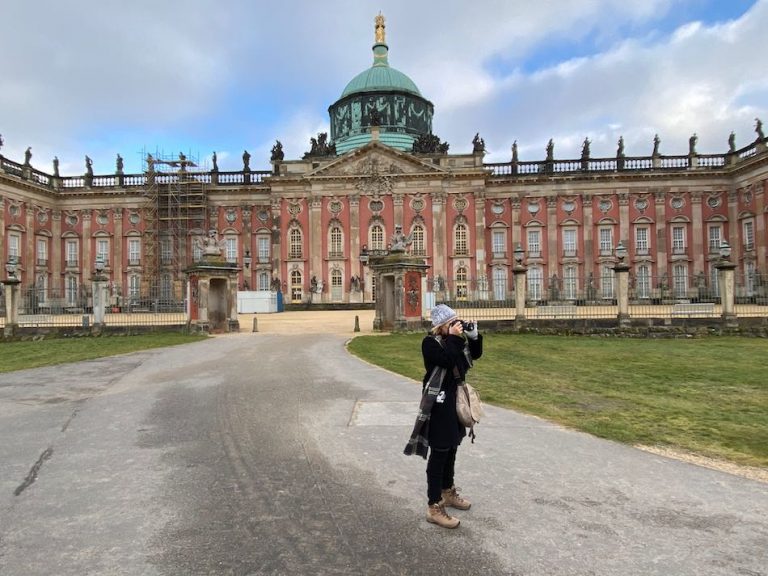
And there I am in front of Das Neue Palais photographing with my favourite camera: CANON EOS 90D.
